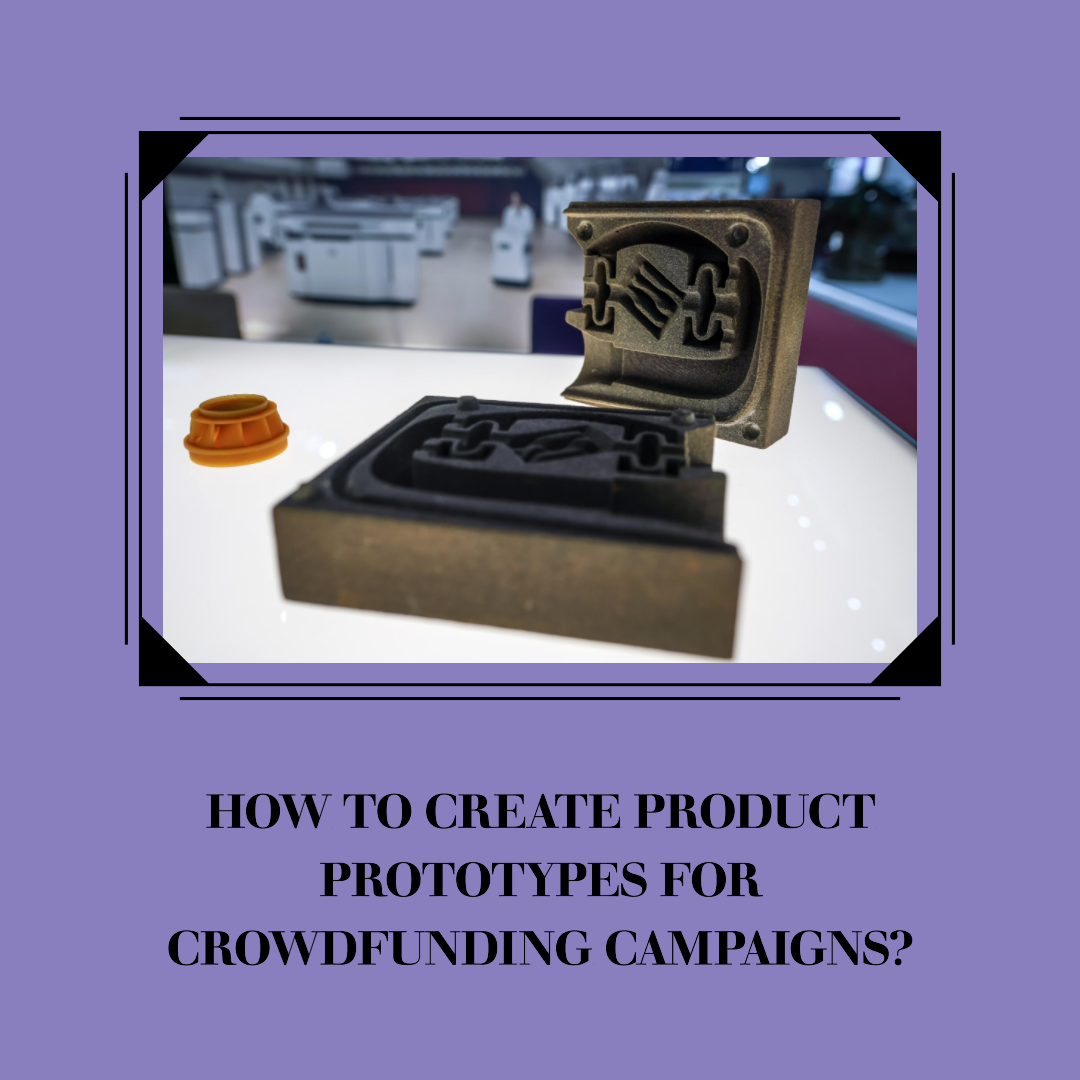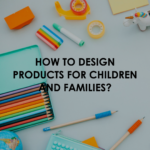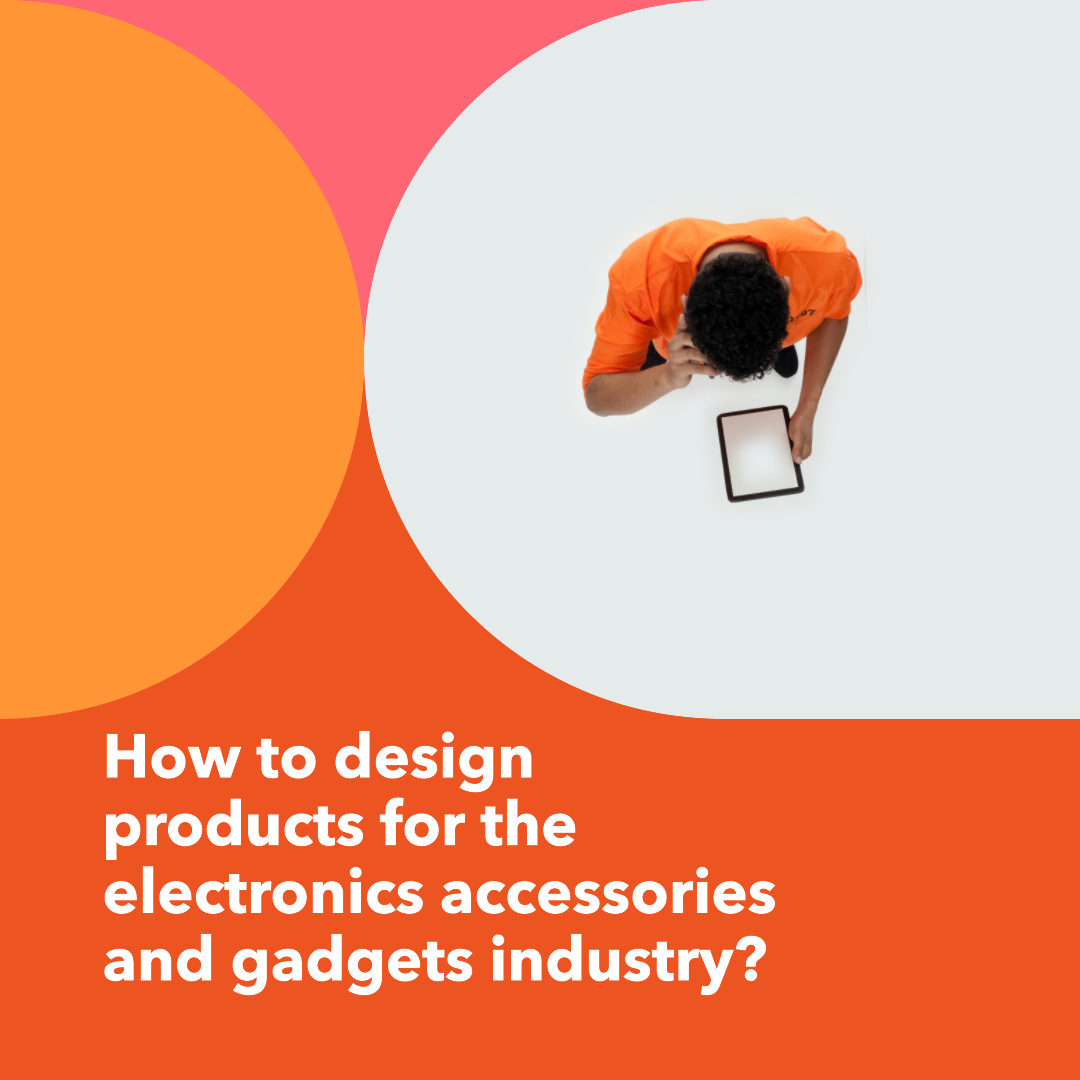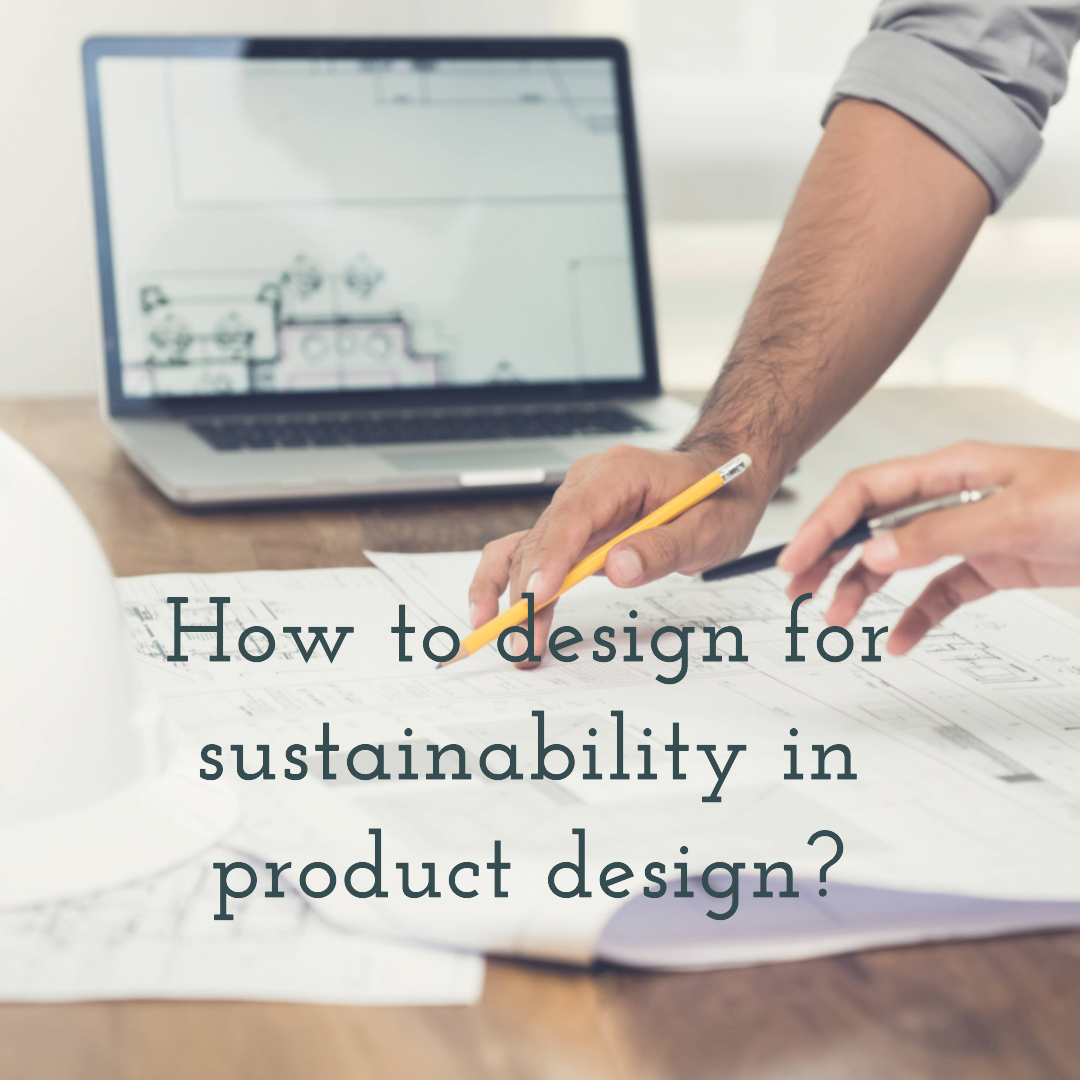How to create product prototypes for crowdfunding campaigns?
Introduction
Crowdfunding is a great way to raise money for your product idea, but it’s important to have a strong prototype in place before you launch your campaign. A prototype is a working model of your product that allows potential backers to see and try it out before they commit to pledging money.
A well-designed prototype can help you to:
- Generate excitement for your product: A prototype is a tangible way to show potential backers what your product is and how it works. This can help to generate excitement and interest in your campaign.
- Gather feedback: A prototype can be used to gather feedback from potential backers. This feedback can be used to improve your product before you go into production.
- Build credibility: A well-made prototype shows potential backers that you are serious about your product and that you have the ability to deliver on your promises.
Types of product prototypes
There are many different types of product prototypes, depending on the type of product you are developing. Some common types of prototypes include:
- Functional prototypes: These prototypes are designed to demonstrate the core functionality of your product. They may not look like the final product, but they should be able to perform the same basic tasks.
- Appearance prototypes: These prototypes are designed to give potential backers a sense of the look and feel of the final product. They may not be fully functional, but they should be visually representative of the final product.
- Hybrid prototypes: These prototypes combine elements of both functional and appearance prototypes. They are designed to give potential backers a sense of the look, feel, and functionality of the final product.
How to choose the right prototype for your crowdfunding campaign
The best type of prototype for your crowdfunding campaign will depend on the type of product you are developing and your budget. If you are developing a complex product, you may need to create a functional prototype to demonstrate the core functionality of your product. If you are developing a simpler product, you may be able to get away with creating an appearance prototype.
If you are on a tight budget, you may want to consider using rapid prototyping techniques. Rapid prototyping techniques allow you to create prototypes quickly and cheaply.
How to create a product prototype
The specific steps involved in creating a product prototype will vary depending on the type of product you are developing. However, there are some general steps that you can follow:
- Define your requirements: What are the core features and functionality of your product? What are the most important things that you want to demonstrate with your prototype?
- Design your prototype: Once you have defined your requirements, you can start to design your prototype. This may involve creating sketches, 3D models, or other design materials.
- Build your prototype: Once you have designed your prototype, you can start to build it. This may involve using 3D printing, laser cutting, or other manufacturing techniques.
- Test your prototype: Once you have built your prototype, you need to test it to make sure that it works as expected. This may involve conducting functional tests, appearance tests, or usability tests.
- Refine your prototype: Once you have tested your prototype, you may need to refine it based on the feedback that you receive. This process may involve iterating on the design, building new prototypes, and testing them again.
Tips for creating a successful product prototype for crowdfunding
Here are a few tips for creating a successful product prototype for crowdfunding:
- Focus on the core functionality: Your prototype should focus on demonstrating the core functionality of your product. Don’t worry about making your prototype look perfect.
- Get feedback early and often: Once you have a working prototype, get feedback from potential backers as soon as possible. This feedback can be used to improve your prototype before you launch your campaign.
- Use high-quality materials: Even if your prototype is not perfect, it is important to use high-quality materials. This will show potential backers that you are serious about your product and that you are committed to quality.
- Document your process: Take photos and videos of your prototyping process. This documentation can be used to create a compelling video for your crowdfunding campaign.
Conclusion
A well-designed product prototype is essential for a successful crowdfunding campaign. By following the tips in this blog post, you can create a prototype that will help you to generate excitement for your product, gather feedback, and build credibility with potential backers.








